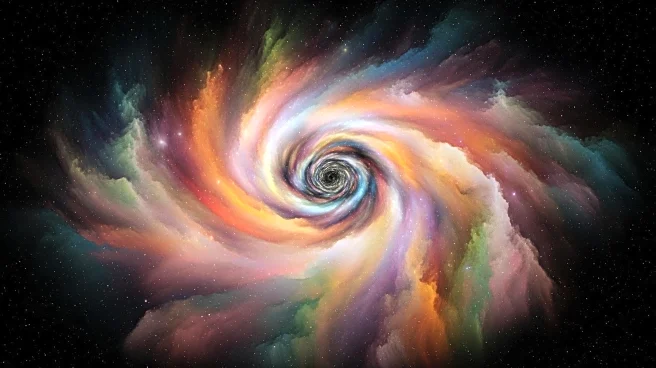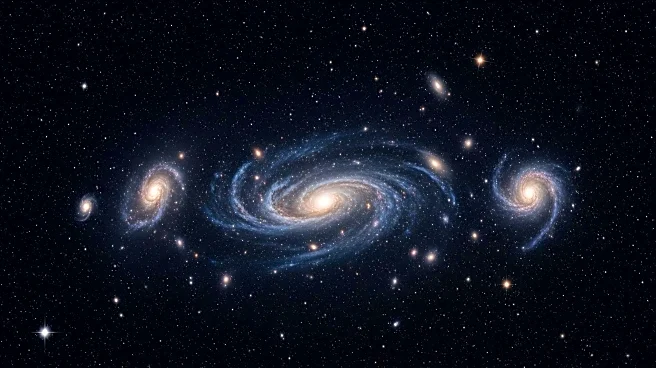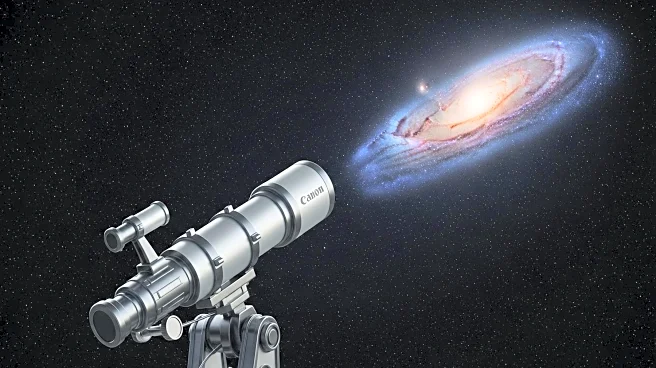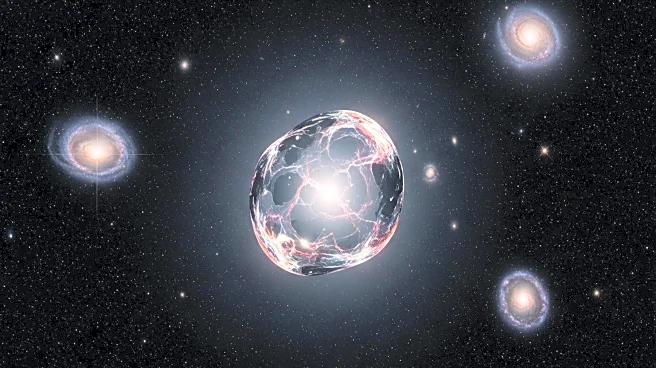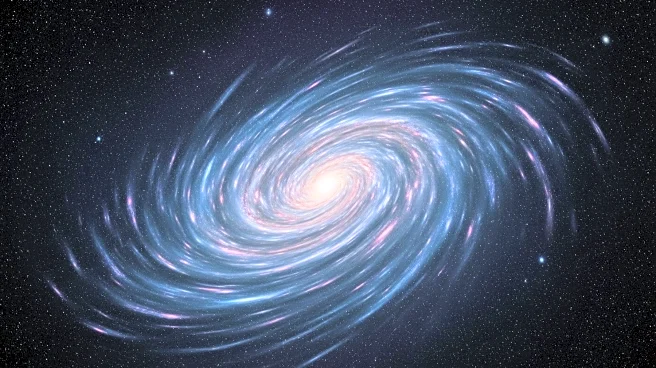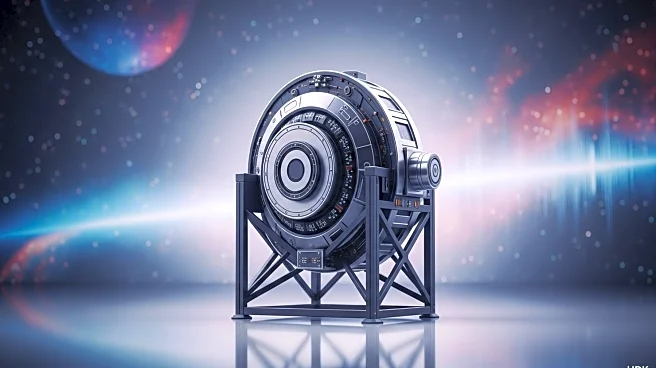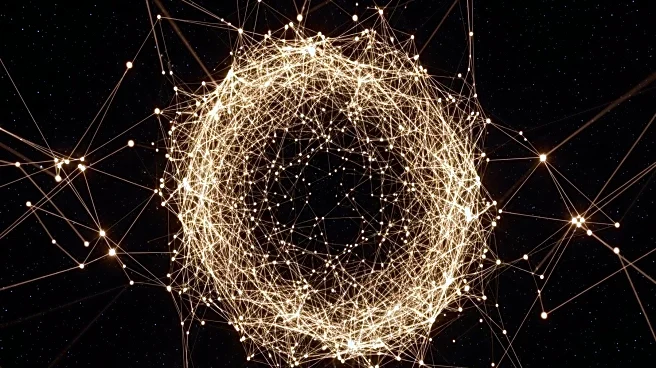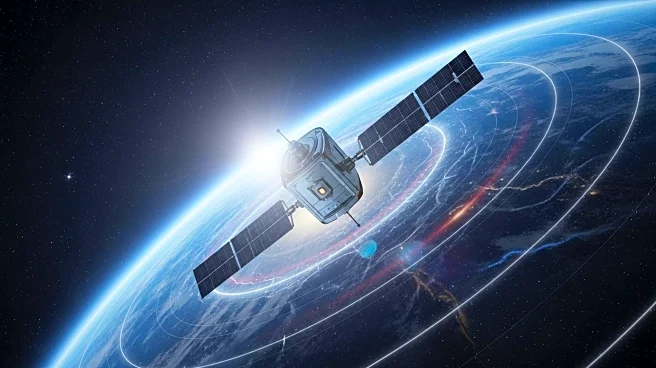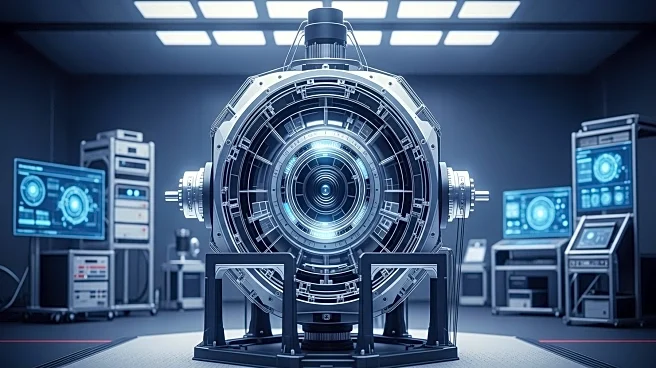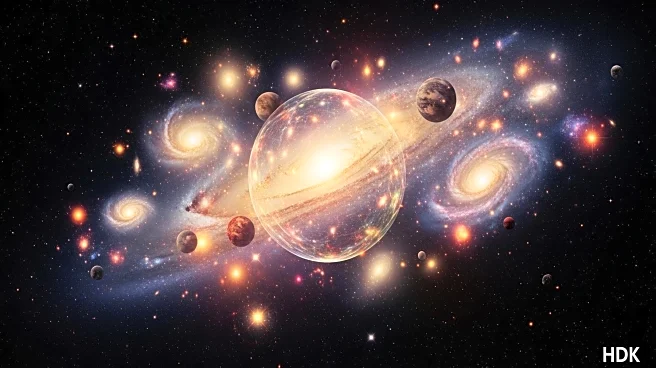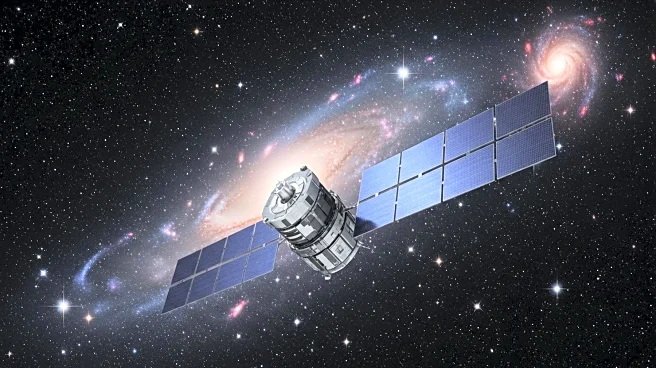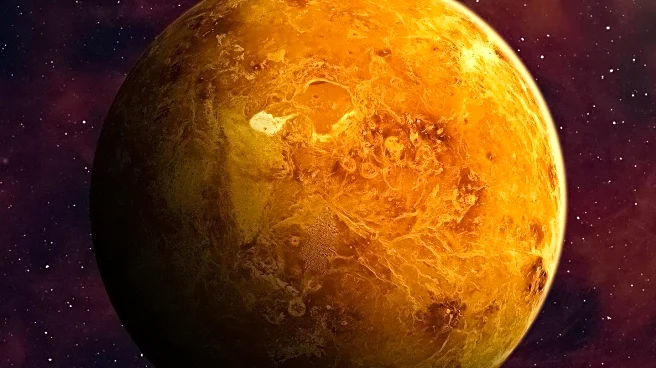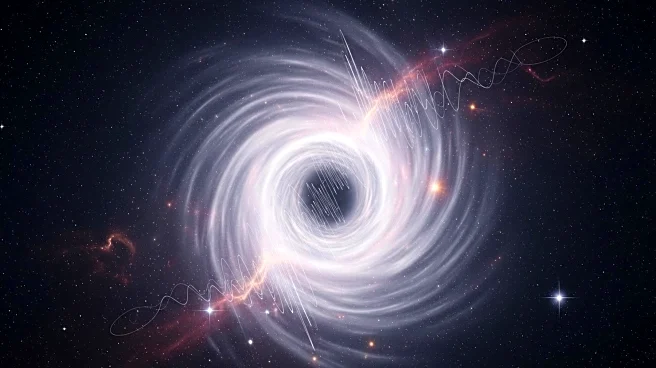What is the story about?
What's Happening?
In May 2019, a brief gravitational signal was detected by the LIGO and Virgo observatories, initially thought to be the result of two black holes merging. However, recent discussions led by physicist Qi Lai suggest the signal, known as GW190521, might be a gravitational echo from a collapsing wormhole. This theory challenges existing understandings of space-time and potentially verifies speculative predictions of general relativity. Wormholes, theoretical structures proposed by Einstein, are thought to connect distant regions of space-time, but their existence remains speculative due to their predicted instability.
Why It's Important?
The potential discovery of a wormhole could revolutionize theories of general relativity and cosmology, suggesting that the universe might be interwoven with passages linking distant regions or even parallel universes. This could transform modern cosmology and our understanding of time, as wormholes might connect different locations and moments, raising fundamental questions about causality. The implications for time travel are profound, potentially allowing scientists to explore the universe's past and reconsider the relationship between cause and effect.
What's Next?
Researchers continue to analyze the GW190521 signal, with future advancements in gravitational wave observatories potentially providing clearer insights into the nature of these signals. The ongoing exploration of gravitational waves promises to deepen our understanding of space-time, black holes, and perhaps even the existence of wormholes, potentially reshaping our view of the universe.
Beyond the Headlines
If wormholes do exist, they could open new frontiers in our exploration of space and time, challenging current scientific paradigms. The discovery could suggest that the universe is a network of interconnected regions, defying traditional notions of isolated cosmic bodies. This raises possibilities for time travel and communication between different moments in time.
AI Generated Content
Do you find this article useful?
